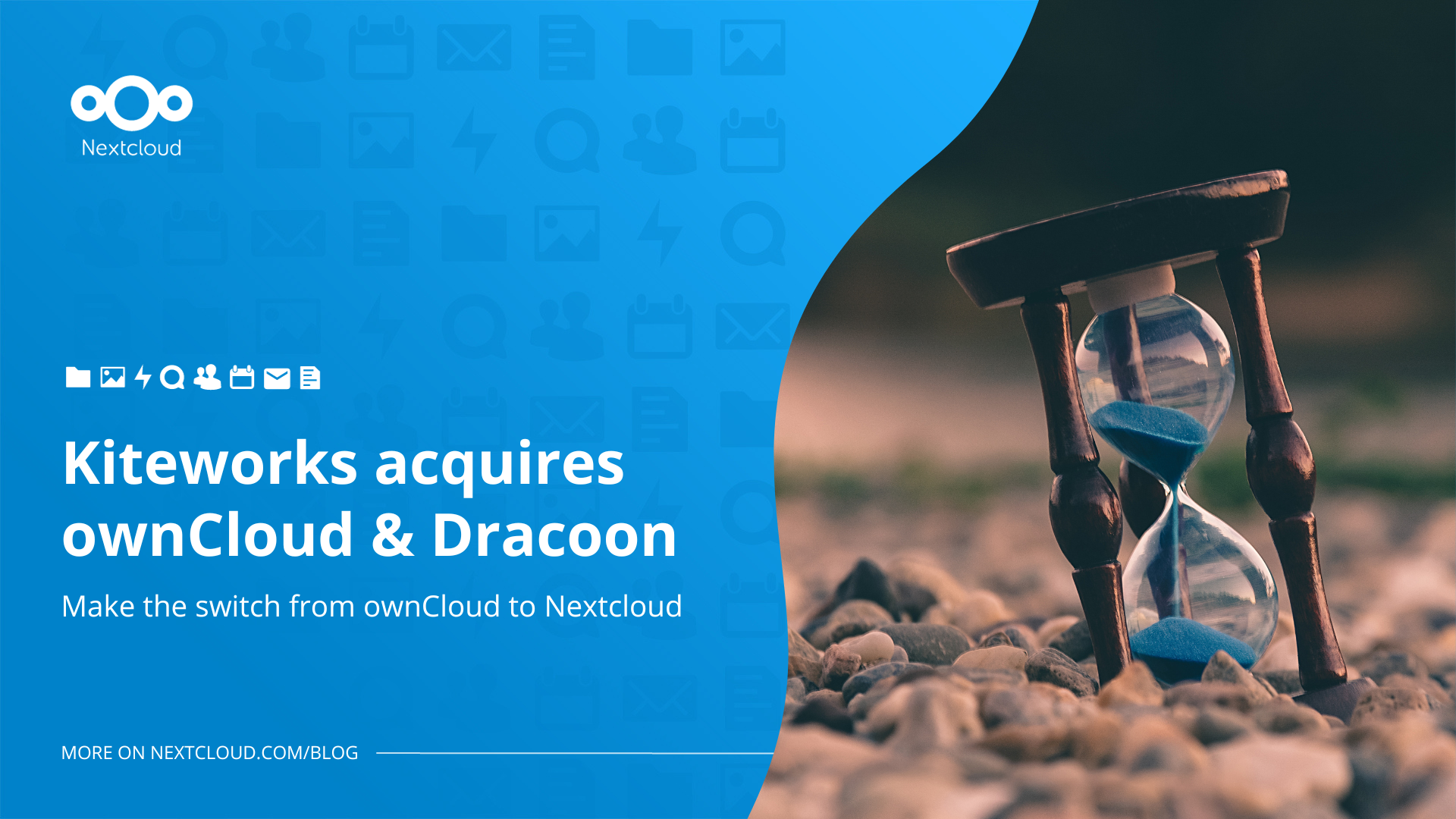- 4 Posts
- 24 Comments
Thanks a lot for your explanation, this sounds like an interesting approach! And yes, I’m trying to deepen my mostly shallow understanding of networking a bit.
Makes sense to have it at that level instead of each client, thanks

 4·8 days ago
4·8 days agoIf you’re selfhosting already, you know how to deploy it. Are those services available in the internet via some domain? Having an SSL certificate with automated renewal is quite important. Make sure to update the machine the service runs on regular.
Backups! Having daily snapshots to be able to roll back if necessary is great. If you want to use your own hardware, I suggest Proxmox. If you want to rent a VPS, see if the cloud provider has something like that as well (will likely cost a little extra). Also, check the service’s documentation on what data to back to in order to be able to restore on a new machine in case your server explodes. (3-2-1 rule). Shutting down the instance with no prior warning because of some error you can’t recover from because of no working backup is the best way to spoil anyone’s experience.
If you use docker, make sure to have it behind a reverse proxy and configure your docker ports to be bound to localhost only so you don’t accidentally expose your database to the internet.
Think not only about technical deployment but also governance. Set instance rules and think how you want to do moderation. See if you have someone to help you with that.
Go for it! Set it up, fiddle around for a while and when you get comfortable, invite your friends. Just be upfront that there might be an occasional downtime for maintenance (which you will advertise a day before or so) every now and then.

 31·1 year ago
31·1 year agoDidn’t see it back then, just came across this on mastodon today. Sure they are competitors, given that nextcloud started as am owncloud fork, but they probably monitored ownclouds development closer than everyone else.

 1·1 year ago
1·1 year agodeleted by creator

 8·1 year ago
8·1 year agoThe resources required by federating depend on how many people follow each other across those two instances and how much these post. Just existing and theoretically federating doesn’t need any resources if there’s nobody following, assuming threads isn’t doing that different from everyone else.
For each post a user makes on your instance, it sends that post to each instance where someone follows the poster. There’s no automatic sending to every known instance of every post on your instance.
I had no idea! Thanks
I wish it had a self hostable sync feature

 3·1 year ago
3·1 year agoEvery image on the federated timeline. It’s a lot if users on your instance follow many other users.

 1·1 year ago
1·1 year agoIt depends on the country you’re in I guess. In Germany, and other countries as well I guess, you’re not liable for stuff others people post on your platform as long as you react to reports and actually remove that shit when it’s brought to your attention. You don’t have to look at your instances media folder 24/7

 7·1 year ago
7·1 year agoYes, it’s possible. It requires some knowledge in server administration though, you can find the specifics at the Lemmy GitHub page.

 30·1 year ago
30·1 year agoI don’t notice whether communities are kbin or Lemmy, so no idea. I think many communities being on Lemmy partly comes from that being released a few years earlier.
Unfortunately not. I think some areas have hashtags for that kind of stuff and someone is working on a new platform, but it’s not there yet.

 8·1 year ago
8·1 year agoWheat is vegan, even if animals are harmed in the process of growing and harvesting it (pesticides, rodents in combine harvesters).
Venus fly traps are vegan, even if they harmed flies.

 11·1 year ago
11·1 year agoAnimals are harmed in industrial farming as well. It sucks, but doesn’t make wheat not being vegan.
It think it’s a fire and forget kind of app, so I wouldn’t expect any updates besides occasional dependency updates.
The F-Droid app is basically a browser that lets you stay logged in which is quite comfy.

 2·1 year ago
2·1 year agoJoining the channel and ask would be the most straightforward way I think. I kind of misunderstood your initial post. I know there are several different “Fedimins” communities, but I only participate in one that’s specific for German instances (of all kinds).



Cool guide, I’ll keep it in mind when setting up my own Lemmy, even though I won’t go through cloudflare. Some things I noticed:
docker compose pullbeforedocker compose down, makes a little difference especially on a slow connection/big images. I think you don’t even need thedowncommand since docker does that automatically if something changes (e.g. new build)